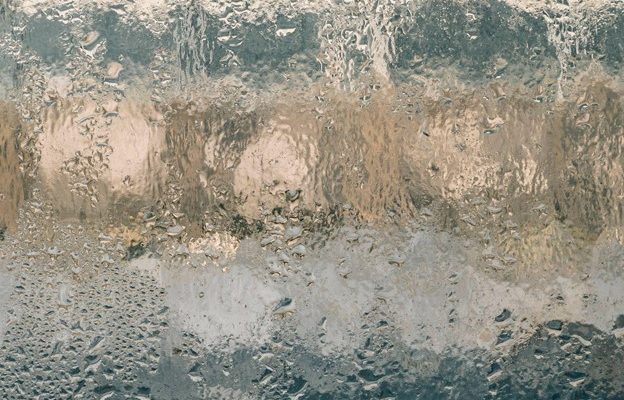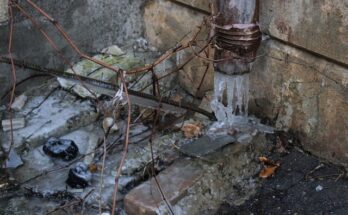We talk a lot about temperature. we decide what we’re going to wear outside based on the temperature. we change the thermostat inside our house to address the temperature.
but an often overlooked aspect of the comfort of our house in summer and winter is the level of humidity.
What is humidity and how does it relate to temperature?
Humidity is a measurement of the amount of water vapor in the air. It is slightly different than relative humidity, but that is a difference we will not explore in this article.
Humidity is often expressed as a percentage. This number represents the amount of water vapor in the air compared to the amount of vapor it could hold.
This number has an important impact on how you feel when it is a given temperature. So for instance if your house is 70 degrees inside but very dry, it will feel chillier then if it is 70 degrees and humid. This difference is because dry air causes the moisture in your skin to evaporate more quickly, making your body’s cooling system more efficient.
This is why folks from Arizona like to point out that the high temperatures in their desert state are a “dry heat.” They know that the more efficiently your body evaporates, the cooler it feels. 95 degrees in dry Tucson AZ feels significantly cooler than 75 degrees in swampy St. Louis MO for example.
This difference is caused by the level of humidity.
What is the ideal indoor humidity in winter?
For the sake of keeping your skin from turning ashy and dry, leaving you unable to open a plastic trash bag, or even with skin splitting on your joints, you want some humidity. This is why you will want the humidity to be above 30%. This keeps your skin from evaporating too much moisture too quickly. However, you don’t want to promote mold growth or have condensation on the inside of your windows, so you will want to max out your winter humidity at around 50%
This 30%-50% range is the idea setting. Your furnace or HVAC setting should come with an adjustable setting that allows you to set the percentage. Some older models might just let you specify “winter” or “summer” but don’t worry – their internal settings are designed to get the same results.

Too much humidity. Photo by Damien Raymond on Unsplash




